Still, the market is shifting; technology is evolving, new materials are in play; builders, estimators, everybody has got to stay informed. A reliable plumbing cost estimator is not just handy; it is necessary. Particularly when you are estimating plumbing costs for a 1000 sq ft house or a larger project.
Let’s get into the plumbing cost trends in 2025, what’s behind them, and how to stay in front of them.
Rising Labor Costs
Let’s start with what hits hardest, labor.
Due to a nationwide shortage of skilled tradespeople, plumber prices are rising across the board. According to recent reports, hourly rates have climbed by 8% in the past year alone. And in 2025, this trend is set to continue.
Builders now face higher upfront budgets for new construction plumbing, especially when projects demand specialized skills. Union wages, licensing, and safety regulations are all pushing costs upward.
So, what’s the solution? Plan ahead. Lock in your plumber contracts early and use a trusted plumbing cost estimator to forecast labor expenses accurately.
Material Prices Keep Shifting
Another major cost driver is materials.
We had supply chain disruptions that hit pipe, fittings, and fixture prices in 2024. The market is somewhat stabilizing in 2025, albeit unpredictably priced.
PVC and PEX are still among the cheapest options from any plumbing material overall. Inflation, fuel surcharges, and global demand are making the plumbing material cost creep up. This, of course, is compounded by the increasing price of copper, which is fast becoming the new darling of electric vehicles and green tech.
And, if you are estimating plumbing cost for a 1000 sq ft house then be prepared to spend more than the previous years. A basic residential design can oscillate between $8,000-$12,000, depending on the degree of complexity.
New Plumbing Technology
While costs are rising, innovation is creating some balance.
Smart home tech is transforming plumbing systems. Builders are now including Wi-Fi-connected leak detectors, water usage monitors, and automated shut-off valves as standard features.
These systems reduce long-term maintenance and damage costs, but they do add upfront expenses. For instance, a smart valve may cost $250 or more, excluding installation.
Still, new plumbing technology offers a solid ROI, especially for mid-to-high-end residential builds.
To stay competitive, builders should explore bulk purchasing agreements or tech partnerships. This helps lower costs while offering buyers something modern and valuable.
Prefab and Modular Systems
Another big shift in plumbing industry trends 2025 is modular plumbing.
Off-site fabrication of plumbing assemblies can reduce jobsite labor by 30–50%. That’s huge when you’re trying to beat rising plumber prices near me.
Prefabricated systems allow for greater accuracy, faster installation, and lower error rates. They also minimize on-site waste, aligning with green construction standards.
For larger builds or multi-unit housing, this approach is not only efficient, it’s economical.
Although initial investment in prefab components might seem steep, the overall savings on labor and rework quickly justify the cost.
Eco-Friendly Builds Are Driving Change
Sustainability is no longer a buzzword, it’s a requirement.
Today’s buyers want efficient systems that save water and energy. And builders are adapting fast.
Low-flow toilets, tankless water heaters, and greywater recycling setups are gaining popularity. These solutions not only help the planet, but they also attract buyers seeking long-term value.
That said, green plumbing tech can raise plumbing material cost. However, state and federal rebates help ease the burden. Always check local incentives when estimating costs.
Using an updated plumbing cost estimator that accounts for eco-tech is essential in 2025.
Builders Are Investing in Estimating Software
Gone are the days of pen-and-paper estimates.
Digital estimating tools are a must-have in today’s competitive market. These systems use real-time data to generate precise estimates based on location, materials, labor rates, and trends.
The best platforms include features like:
- Material cost updates
- Labor rate tracking
- Regional pricing averages
- Trend analysis
With increasing demand for speed and accuracy, investing in estimating tools saves time and protects profit margins.
Especially when you’re estimating plumbing cost for new construction, having this tech is a game-changer.
Trends in Plumbing Industry: What’s Ahead?
Let’s break down what’s trending in the plumbing world for 2025:
1. Smart Homes Are Standard
Buyers now expect water-monitoring tech and leak detection systems.
2. Sustainability First
Water-saving fixtures are becoming code-compliant, not just optional.
3. Labor Shortages Continue
Qualified plumbers are hard to find. This keeps rates high.
4. Material Price Volatility
Expect fluctuating costs, especially for copper and brass.
5. Estimating Tech Adoption
Builders and contractors are rapidly shifting to cloud-based tools.
To stay ahead, align your planning and pricing with these trends in plumbing industry shifts.
Conclusion
Whether you are constructing a duplex or a huge commercial property, it is important to keep abreast of the surprises that the 2025 plumbing cost trends may bring.
Do not depend on old information or guesses. Get a plumbing cost estimator; consider labor and material variations and what new plumbing technology will result in. With thoughtful planning, even a spiral in prices can be tamed masterfully.
In construction, after all, precision means profit.
If you’re a builder, estimator, or homeowner about to embark on plumbing for new construction, the time is now to rethink how you plan and budget for it.

